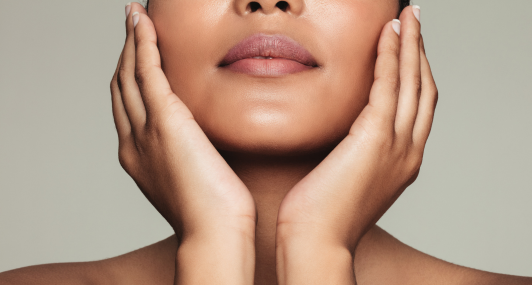
5 Signs Your Skin Barrier is Damaged and How to Fix It
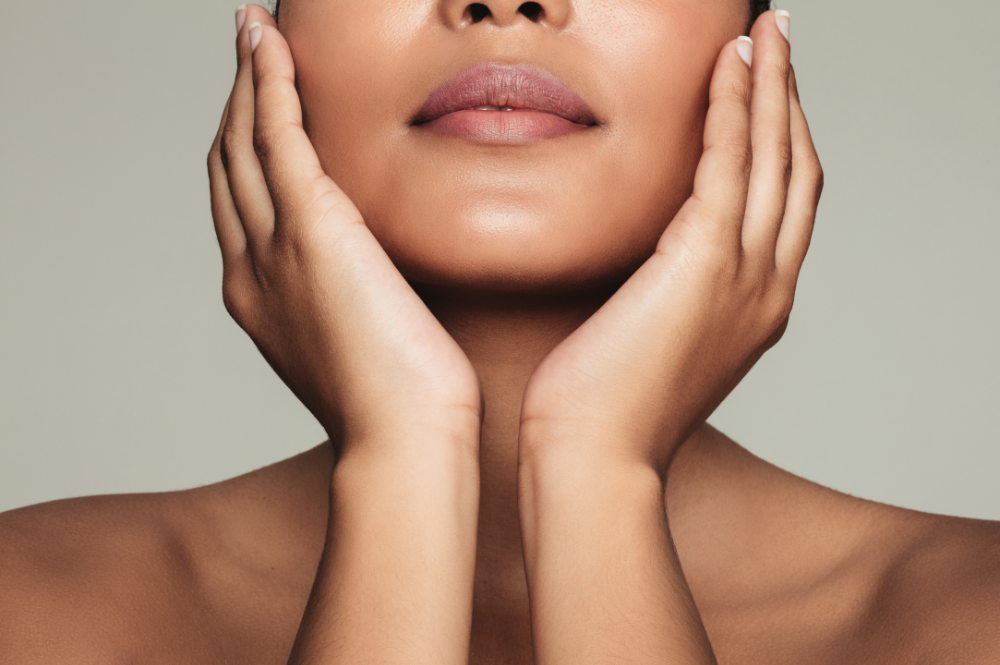
5 Signs Your Skin Barrier is Damaged
(and How to Fix It)
Your skin barrier is the unsung hero of your skincare routine. It’s incredibly thin—only 1-20 cells thick—thinner than a strand of hair or a piece of cellophane. But it’s also your first line of defense.
This fragile layer protects your skin from irritants, locks in hydration, and keeps environmental damage at bay.
When your skin barrier is healthy, it feels smooth, hydrated, and radiant. But when it’s damaged, dryness, redness, and sensitivity can take over. Let’s explore what causes barrier damage, how to recognize it, and the best ways to heal and protect it.
What Is Your Skin Barrier?
Your skin barrier, also known as the stratum corneum, is the outermost layer of your skin. Think of it as a brick wall:
-
The bricks are corneocytes—dead skin cells that form the structure of the barrier.
-
The mortar is a mixture of lipids like ceramides, fatty acids, and cholesterol that hold the cells together.
This “wall” acts as a seal to:
-
Lock moisture into your skin.
-
Keep irritants, bacteria, and pollutants out.
Despite its resilience, this ultra-thin layer (remember, as thin as a hair!) is also vulnerable. Harsh products, environmental stress, and even lifestyle factors can weaken it, leading to common skin concerns.
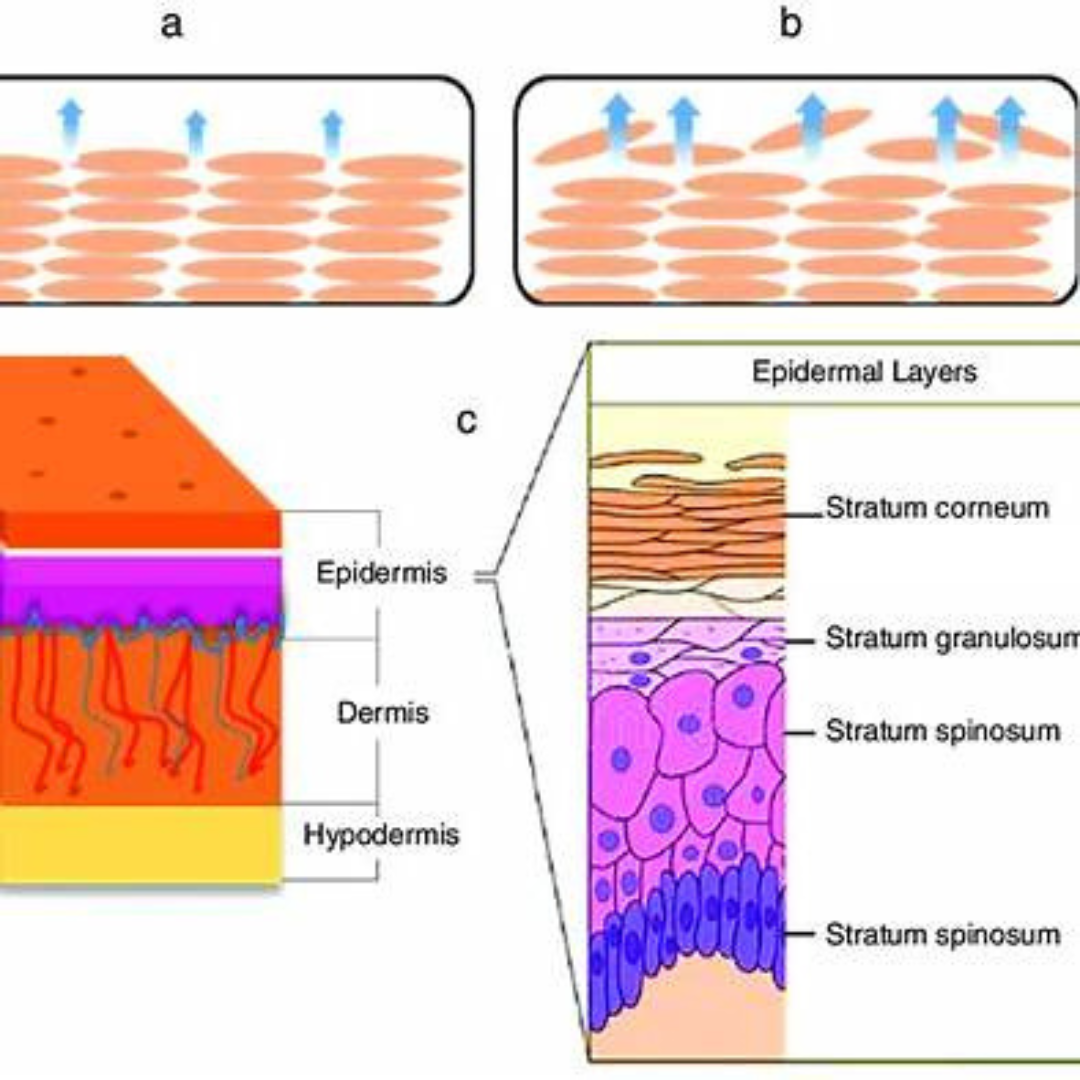
How Fragile Is the Skin Barrier?
Although the barrier is designed to withstand daily wear and tear, its thin, cellophane-like structure makes it easy to damage. Here’s what commonly disrupts it:
-
Over-cleansing or over-exfoliating: These habits can strip away the lipids that keep the barrier intact.
-
Environmental factors: UV rays, pollution, wind, and dry air weaken the barrier over time.
-
Stress and lack of sleep: These reduce your skin’s ability to repair itself.
-
Dehydration: Without enough water inside and out, the barrier becomes brittle and ineffective.
Once the barrier is compromised, your skin loses moisture faster and becomes more susceptible to irritants and bacteria.
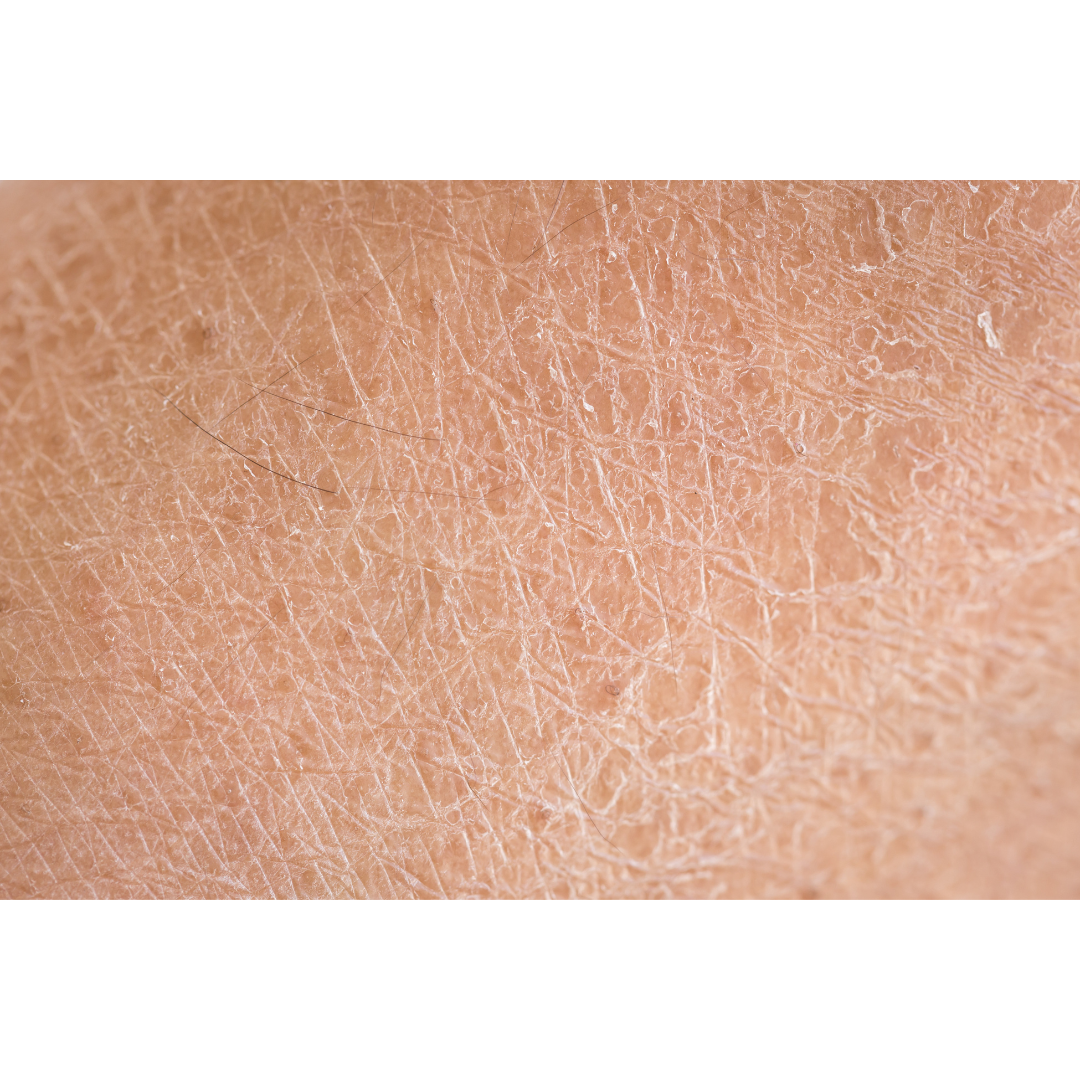
5 Signs Your Skin Barrier Is Damaged
If your skin isn’t behaving as it should, here are the telltale signs your barrier might need some TLC:
-
Persistent Dryness or Tightness
-
Does your skin feel tight, flaky, or dry even after applying moisturizer? A compromised barrier can’t retain water properly, leading to dehydration.
-
-
Redness or Sensitivity
-
When the barrier is damaged, irritants can sneak in, causing redness, stinging, or itching.
-
-
Flaky or Peeling Skin
-
Without enough lipids to lock in hydration, your skin may start to flake, peel, or crack.
-
-
Sudden Breakouts or Bumps
-
A weak barrier allows bacteria and debris to penetrate, leading to clogged pores, breakouts, or small red bumps.
-
-
Dull or Rough Texture
-
Healthy skin looks smooth and glowing, but when the barrier is damaged, it can appear dull and feel rough.
-
How to Fix a Damaged Skin Barrier
The good news? Your skin barrier can heal with the right care. Here’s how to restore it:
1. Simplify Your Routine
Too many products can overwhelm your skin. Focus on a basic, gentle routine that includes:
-
A mild cleanser to remove dirt without disrupting natural oils.
-
A hydrating serum with ingredients like glycerin, snow mushroom or hyaluronic acid.
-
A nourishing moisturizer that replenishes lost lipids and locks in moisture.
2. Use Barrier-Loving Ingredients
To rebuild your barrier, look for these powerhouse ingredients:
-
Ceramides: Strengthen the mortar holding your skin cells together.
-
Fatty Acids: Help restore the skin’s lipid layer.
-
Hyaluronic Acid: Attracts water and boosts hydration.
-
Niacinamide: Reduces redness, smooths texture and supports barrier repair.
-
Panthenol (Vitamin B5): Soothes irritation and speeds up healing.
-
Squalane: A lightweight oil that hydrates and protects without clogging pores.
-
Phytosterols: Supports skin barrier function and helps retain moisture
3. Avoid Harsh Ingredients
Certain products can worsen a damaged barrier. Avoid these until your skin heals (or maybe forever):
-
Alcohol-based toners or astringents
-
Strong exfoliants (like gritty scrubs or high concentrations of acids)
-
Synthetic fragrances and dyes
4. Hydrate and Seal with the Right Ingredients
Your skin barrier needs humectants, emollients, and occlusives to function well:
-
Humectants (like glycerin, snow mushroom and hyaluronic acid): Attract water to the skin.
-
Emollients (like fatty acids and plant oils): Fill in cracks and smooth roughness.
-
Occlusives (like shea butter or jojoba oil): Create a breathable seal to lock in hydration.
5. Protect Against Stressors
While your skin heals, take extra care to protect it:
-
Use sunscreen daily: Look for formulas with zinc oxide or titanium dioxide - no chemical sunscreens with avobenzone or octinoxate.
-
Limit exposure to harsh weather: Wind, cold, and dry air can strip moisture. Wear a buff or a scarf when the weather’s cold and dry.
-
Incorporate antioxidants: Vitamin C or green tea extract helps neutralize environmental damage.
How Long Does Healing Take?
Your barrier won’t heal overnight. Minor damage can improve in a week or two, but more severe cases may take a month or longer. Be patient, stay consistent, and resist the urge to experiment with new products while your skin recovers.
How to Prevent Future Damage
Once your barrier is healthy, here’s how to keep it strong:
-
Stay hydrated: Drink plenty of water and use hydrating skincare.
-
Exfoliate gently: Stick to mild exfoliation once or twice a week.
-
Wear SPF daily: Sun damage is a top barrier disruptor, so sunscreen is non-negotiable.
-
Keep it simple: Avoid overloading your skin with too many actives or new products.
The Bottom Line
Your skin barrier might be as thin as a piece of cellophane, but it’s incredibly powerful. With gentle care, barrier-repairing ingredients, and a consistent routine, you can restore and maintain its strength.
Your skin works hard to protect you—show it some love in return!
The good news - every skincare brand in our store is good for barrier repair! And you can always email us at support@indiebeauty.market for questions or recommendations.
To your beautiful skin!
Susie:)

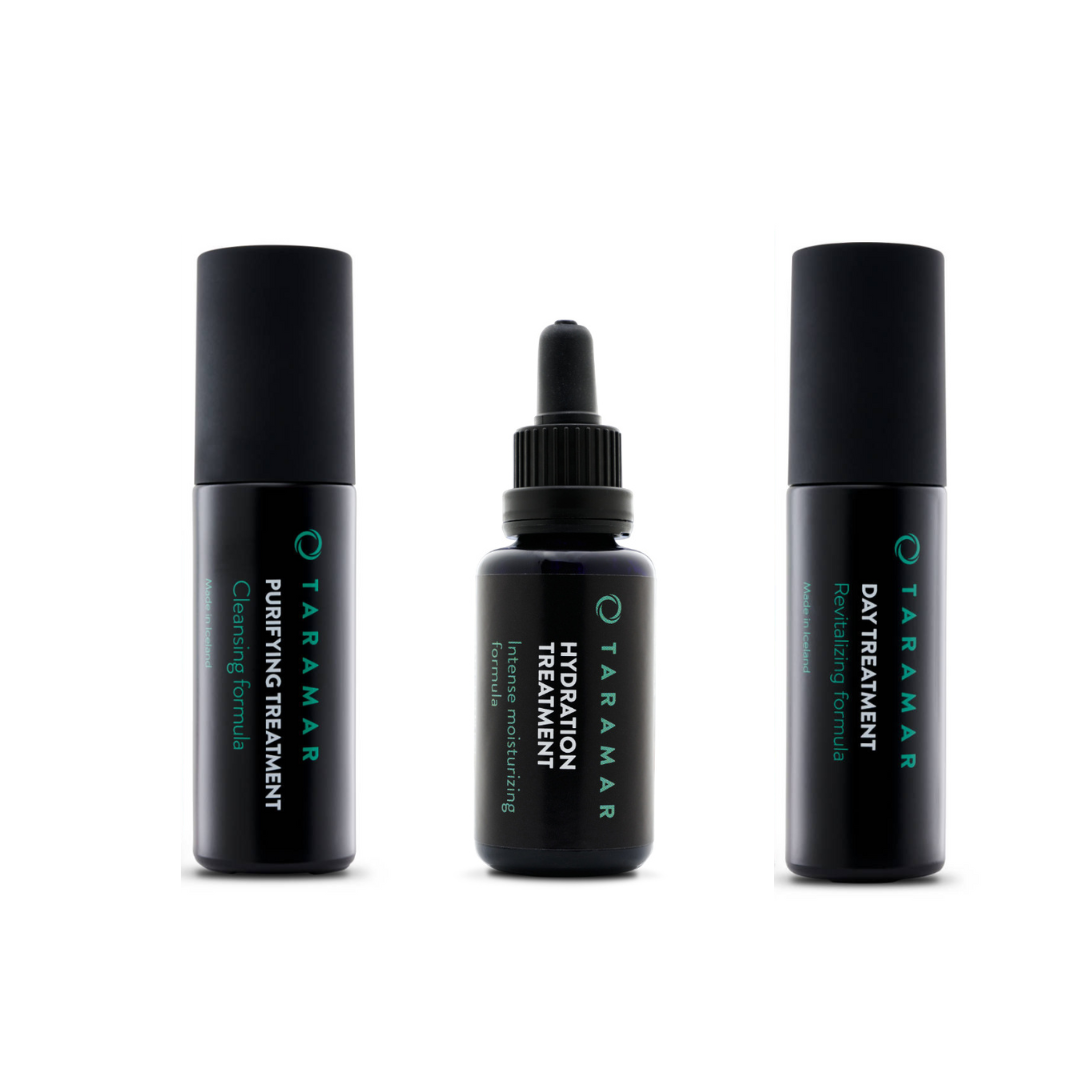
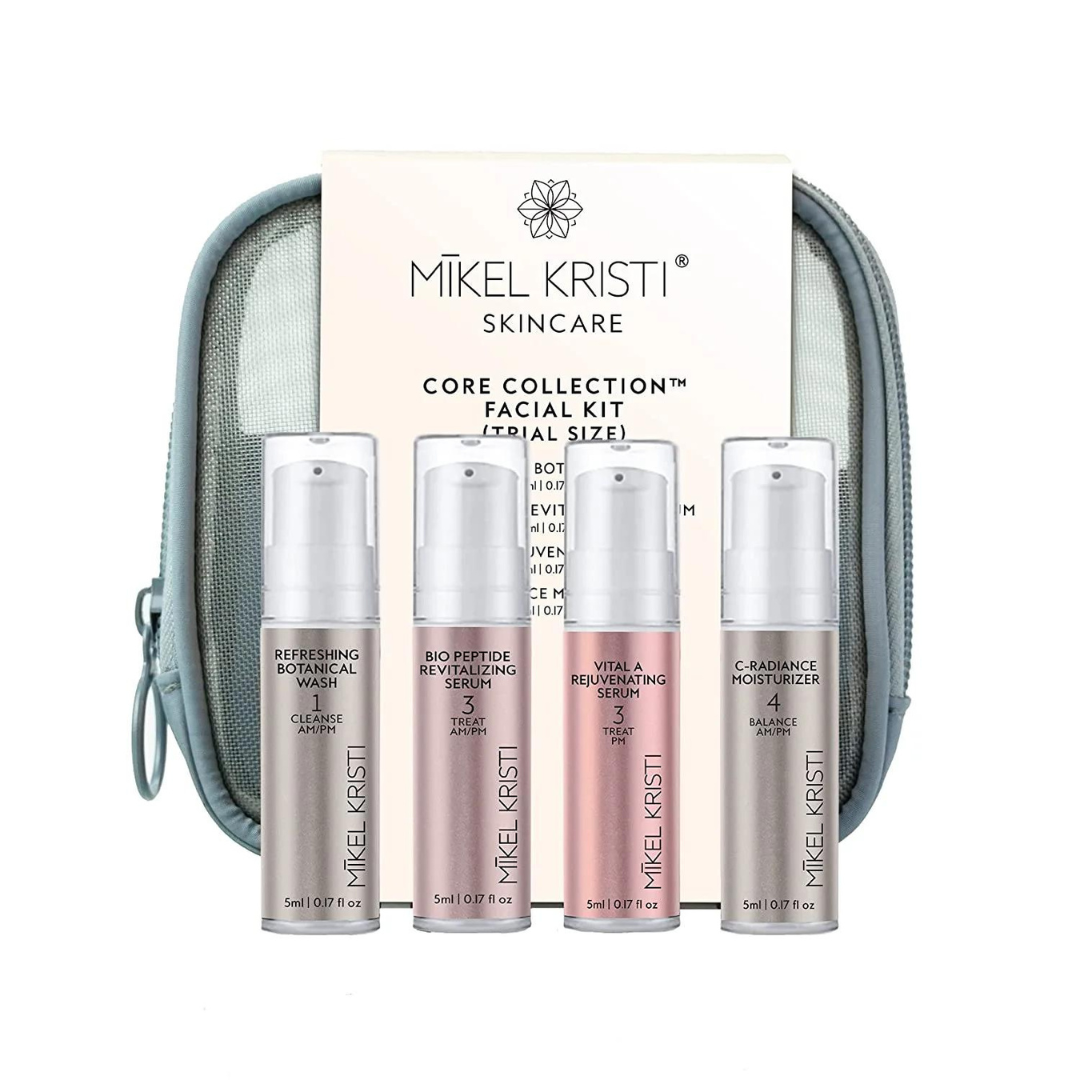
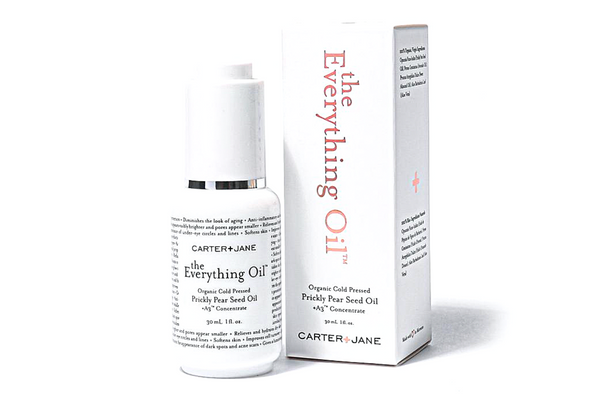
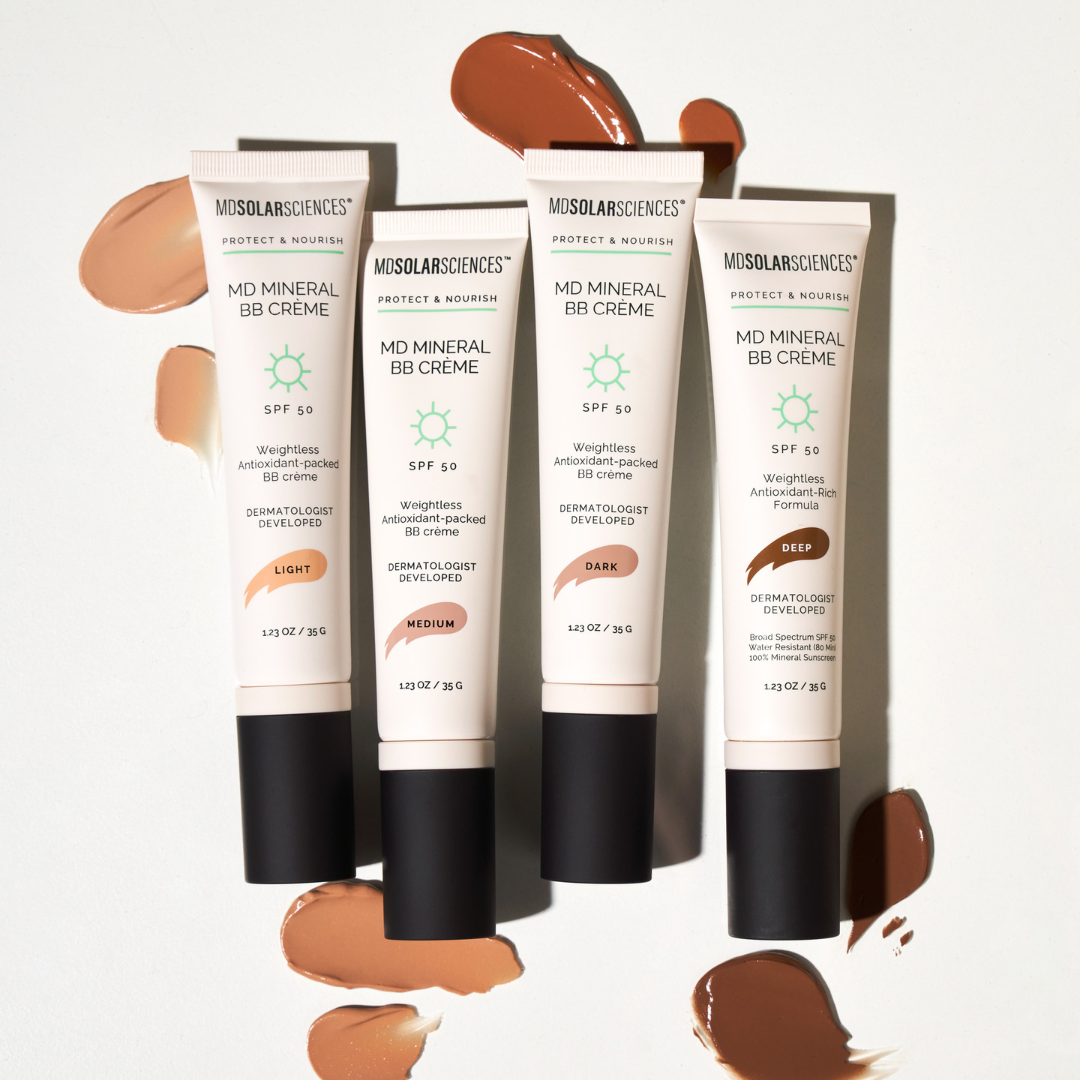
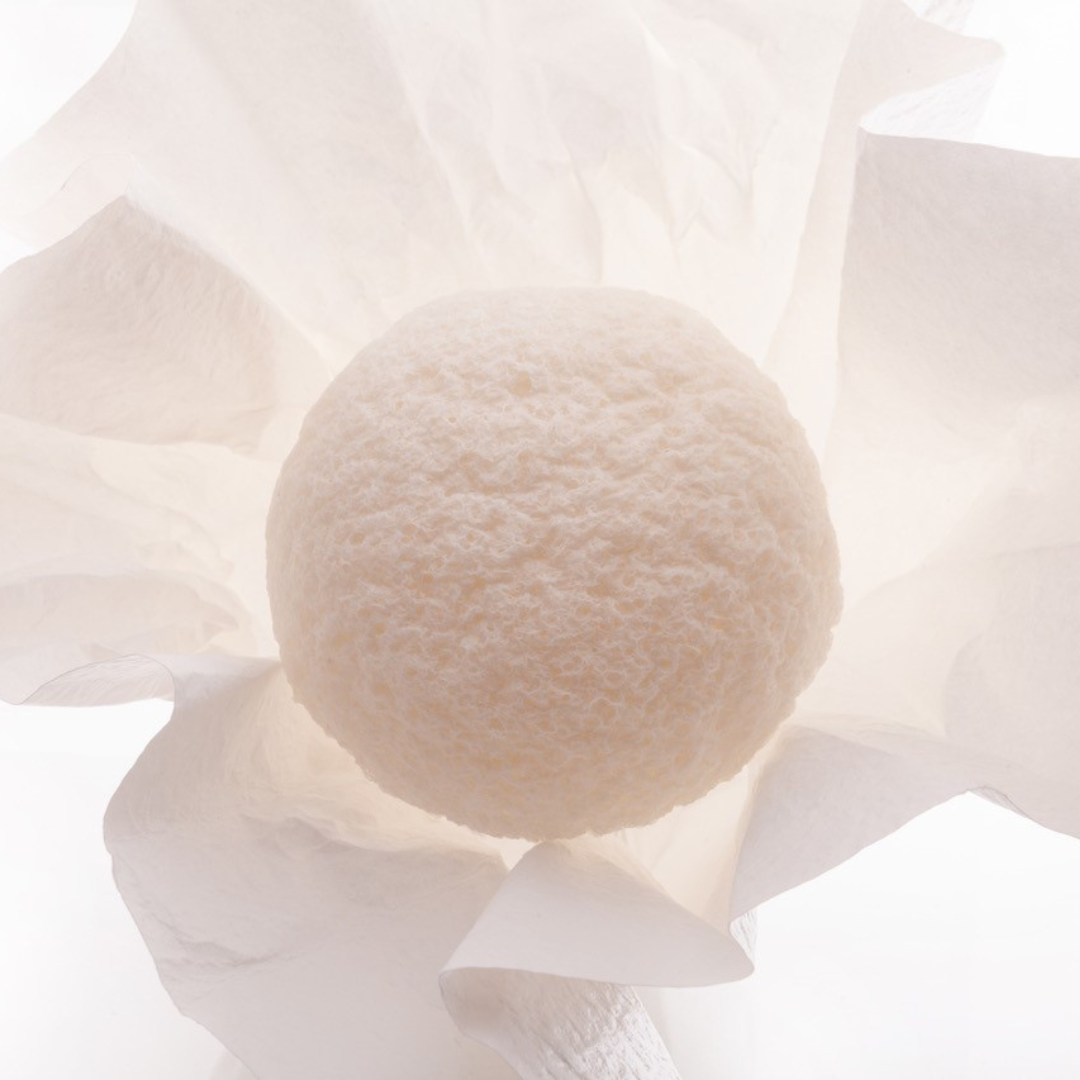
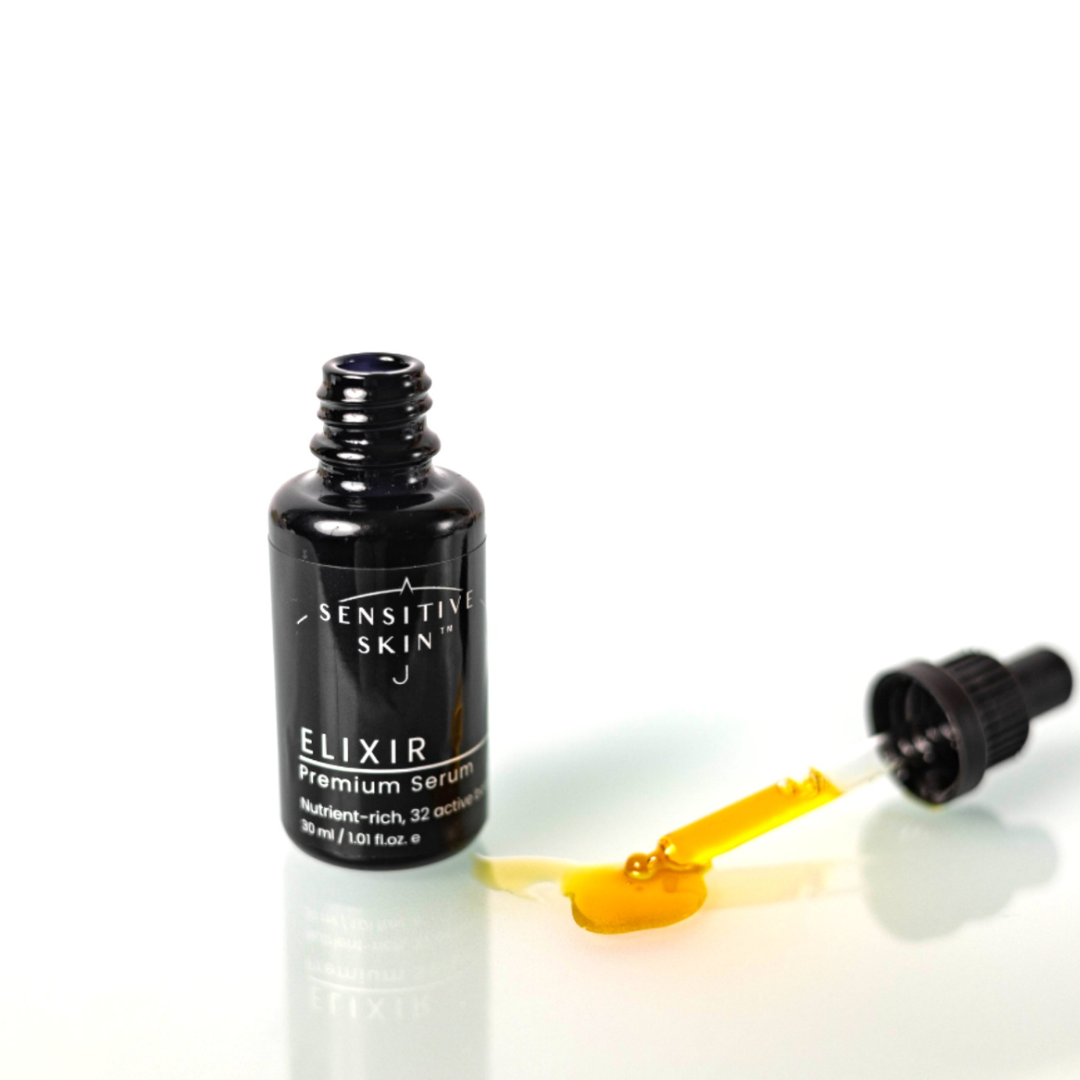
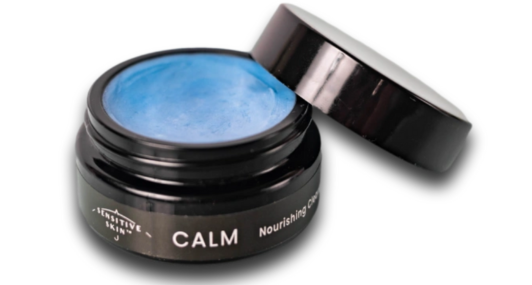

Leave a comment
This site is protected by hCaptcha and the hCaptcha Privacy Policy and Terms of Service apply.